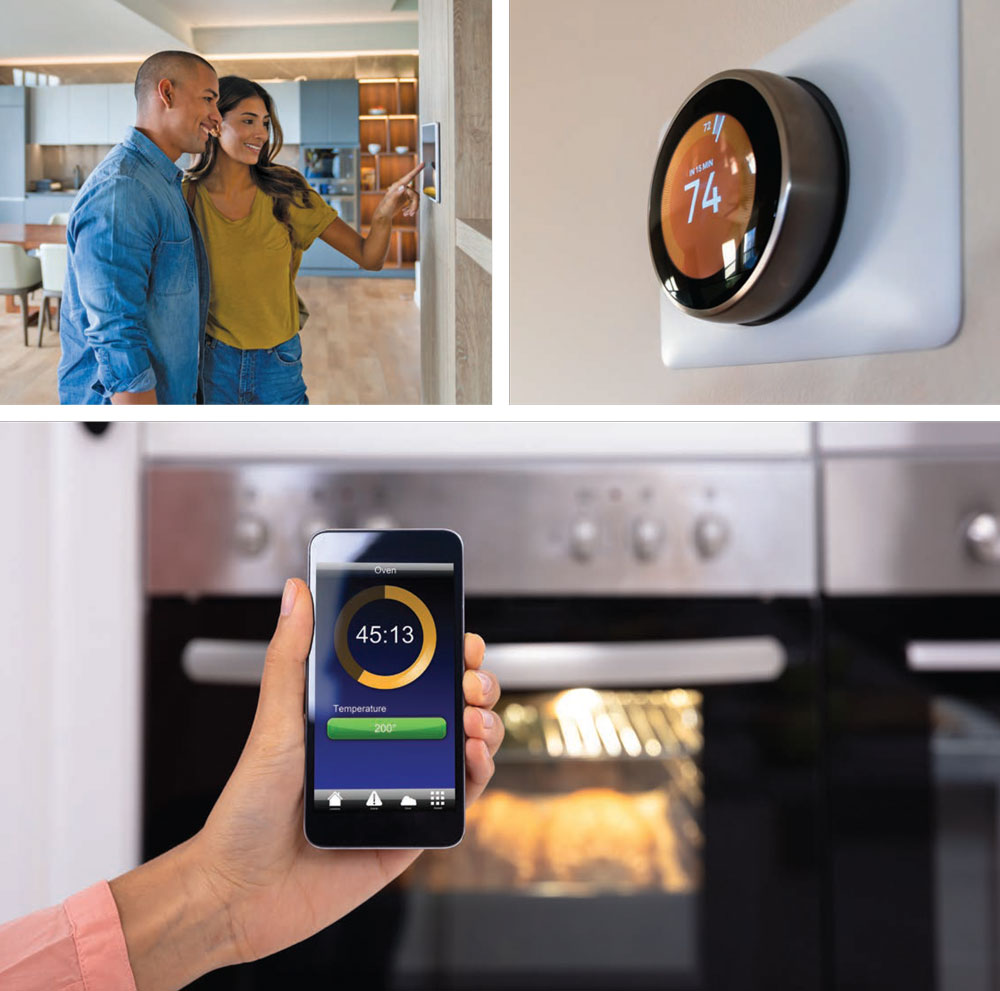How Smart Is Your Home? | What Gadgets Can Do for You

A vacuum that runs itself? A refrigerator that lets you know you’re out of milk? As appliances are increasingly made with microprocessors, they are also making our lives more efficient, tackling some of our household chores for us.
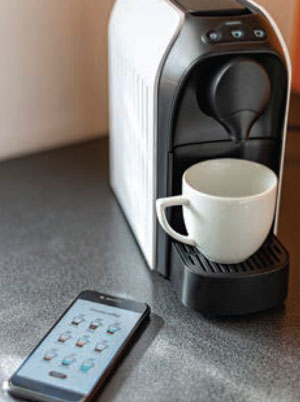 Thermostats, security cameras, door locks, light bulbs, dishwashers, stoves, microwaves, refrigerators, televisions, vacuum cleaners, washing machines and dryers are just some of the items on the market that can be operated from your smart phone or tablet, whether you are at home or not. Combine them with a smart assistant like Alexa, and they can work together, adjusting the temperature and lighting upon your arrival home or creating a grocery list for you.
Thermostats, security cameras, door locks, light bulbs, dishwashers, stoves, microwaves, refrigerators, televisions, vacuum cleaners, washing machines and dryers are just some of the items on the market that can be operated from your smart phone or tablet, whether you are at home or not. Combine them with a smart assistant like Alexa, and they can work together, adjusting the temperature and lighting upon your arrival home or creating a grocery list for you.
It would seem that almost every device or gadget you can purchase for your home nowcomes with a “smart” option. While the list is seemingly endless, how many of these items do you really need to make your life easier? And what sort of internet connection do you need to run all these devices?
How much bandwidth is needed?
The good news is that many of these devices don’t require much bandwidth from your internet, although they will need a consistent connection. Devices that need a continuous connection (for example, a digital assistant such as Alexa) or that stream (like a smart doorbell) will need a larger bandwidth allotment, but others, like those handy robot vacuums, have far lower requirements.
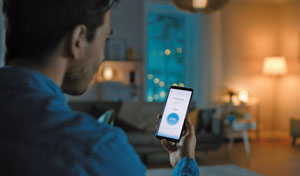 A good rule of thumb is for every 10 or so smart devices, you’ll need an additional 5 Mbps on top of what you typically use for your home internet. There are some workarounds if you live in a rural area without fast, dependable internet service, but that is a topic unto itself.
A good rule of thumb is for every 10 or so smart devices, you’ll need an additional 5 Mbps on top of what you typically use for your home internet. There are some workarounds if you live in a rural area without fast, dependable internet service, but that is a topic unto itself.
What smart devices should you buy?
Short of building an entirely new house using all this technology, how exactly do you determine which smart devices you should have and which you can live without?
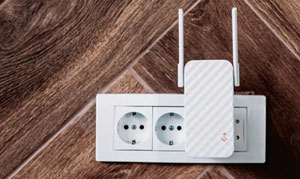 Try starting with a small gadget called a smart plug. These install between an outlet and an appliance, allowing you to control the flow of electricity to and from an item using a smart phone. This can be handy for coffee makers, phone chargers or even lamps, as they allow you to turn an appliance off and on via an app.
Try starting with a small gadget called a smart plug. These install between an outlet and an appliance, allowing you to control the flow of electricity to and from an item using a smart phone. This can be handy for coffee makers, phone chargers or even lamps, as they allow you to turn an appliance off and on via an app.
Smart lighting is another easy way to dip your toes into the new technology. Smart light bulbs are LED bulbs that can be customized, scheduled and controlled remotely. Some of them are dimmable, some can change colors and others can be synced with music, giving a whole new dimension to the concept of mood lighting.
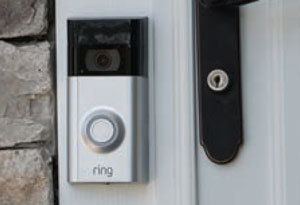 Many are familiar now with the smart doorbell, one of the most popular of which is the Ring Camera. Along with similar devices, it monitors the activity at the entrance in which you install the doorbell, offering you a personal security system that you control. Some are battery powered, so they don’t need to be hardwired into your existing doorbell. Not only do they allow you to see if a package has been delivered, but they can also alert you to anyone who sets foot on your doorstep, whether they ring the bell or not.
Many are familiar now with the smart doorbell, one of the most popular of which is the Ring Camera. Along with similar devices, it monitors the activity at the entrance in which you install the doorbell, offering you a personal security system that you control. Some are battery powered, so they don’t need to be hardwired into your existing doorbell. Not only do they allow you to see if a package has been delivered, but they can also alert you to anyone who sets foot on your doorstep, whether they ring the bell or not.
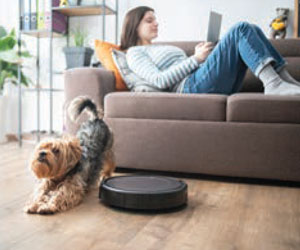 If you like a neat house or are a pet owner who is always trying to keep up with your four-legged friend’s “glitter,” then a smart vacuum might be for you. These robot vacuums can detect hazards and obstacles while moving through your space, cleaning the floors as they do. There are even some mop versions on the market, although reviews of those appear to be mixed.
If you like a neat house or are a pet owner who is always trying to keep up with your four-legged friend’s “glitter,” then a smart vacuum might be for you. These robot vacuums can detect hazards and obstacles while moving through your space, cleaning the floors as they do. There are even some mop versions on the market, although reviews of those appear to be mixed.
Smart thermostats allow you to control the temperature of your home, programming the temperatures for when you are there and when you are not. This means that your home can be either warmer or cooler when you aren’t there, running your heat pump less and ultimately, saving money on your energy bills.
Saving money is one of the advantages to many of these smart gadgets, although they tend to be more expensive than their non-smart competition. It is worth considering how many of those features you will need, as these appliances are typically more expensive to both purchase and repair.
What are the drawbacks?
While smart home devices can save time and improve some aspects of your life, there are drawbacks:
- A bad internet connection can make the technology in the devices unusable.
- They may not always integrate well with other smart gadgets in your home unless they are all from the same manufacturer.
- They can also pose data and security risks, as many of them don’t come with reliable internet security protocol.
While smart devices are often much more efficient than your existing appliances, even a newer appliance that’s not computerized will still be more efficient than your old washer. In the end, if you determine a smart refrigerator that sends you a grocery list isn’t for you, but a smart thermostat is, that’s OK.
The 1960s animated show The Jetsons imagined a world with automated homes and flying cars. We may not yet have flying cars, but thanks to technology and smart devices, our homes are inching more and more toward that world we once considered imaginary. ✦
appliances, bandwidth, dishwashers, door locks, dryers, gadgets, internet connection, light bulbs, microprocessors, microwaves, Refrigerators, security cameras, smart devices, Smart lighting, stoves, televisions, Thermostats, vacuum cleaners, washing machines
